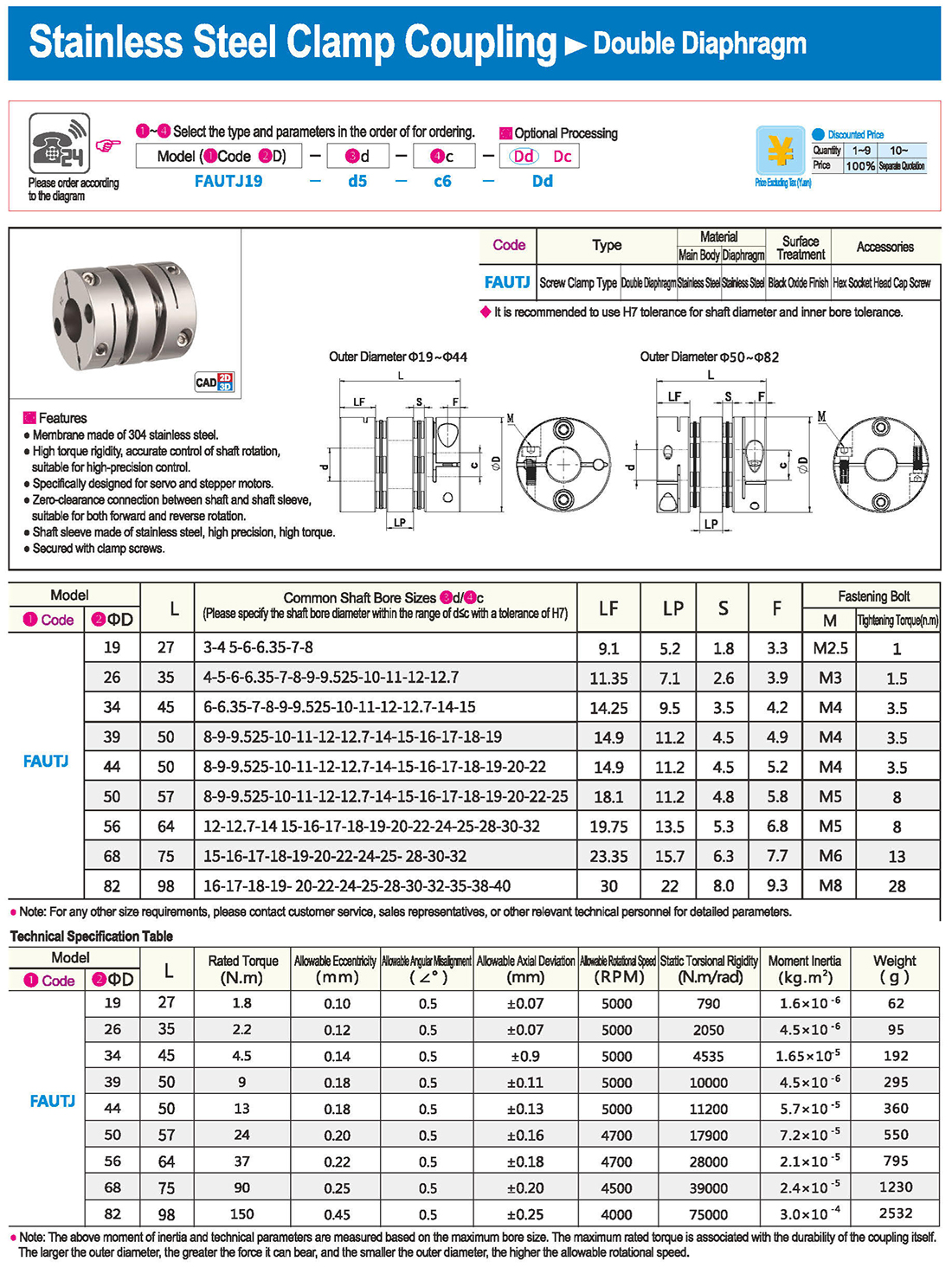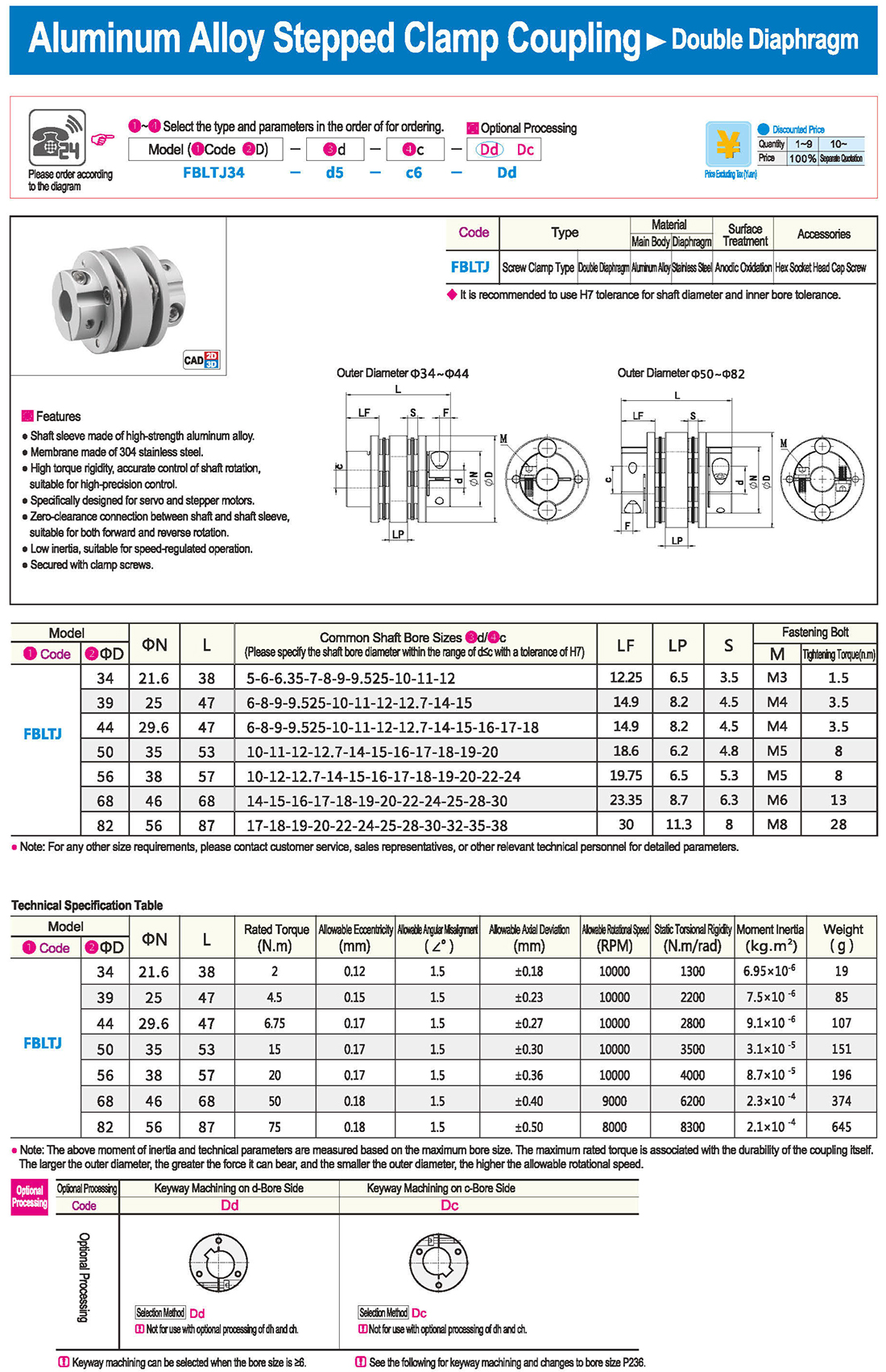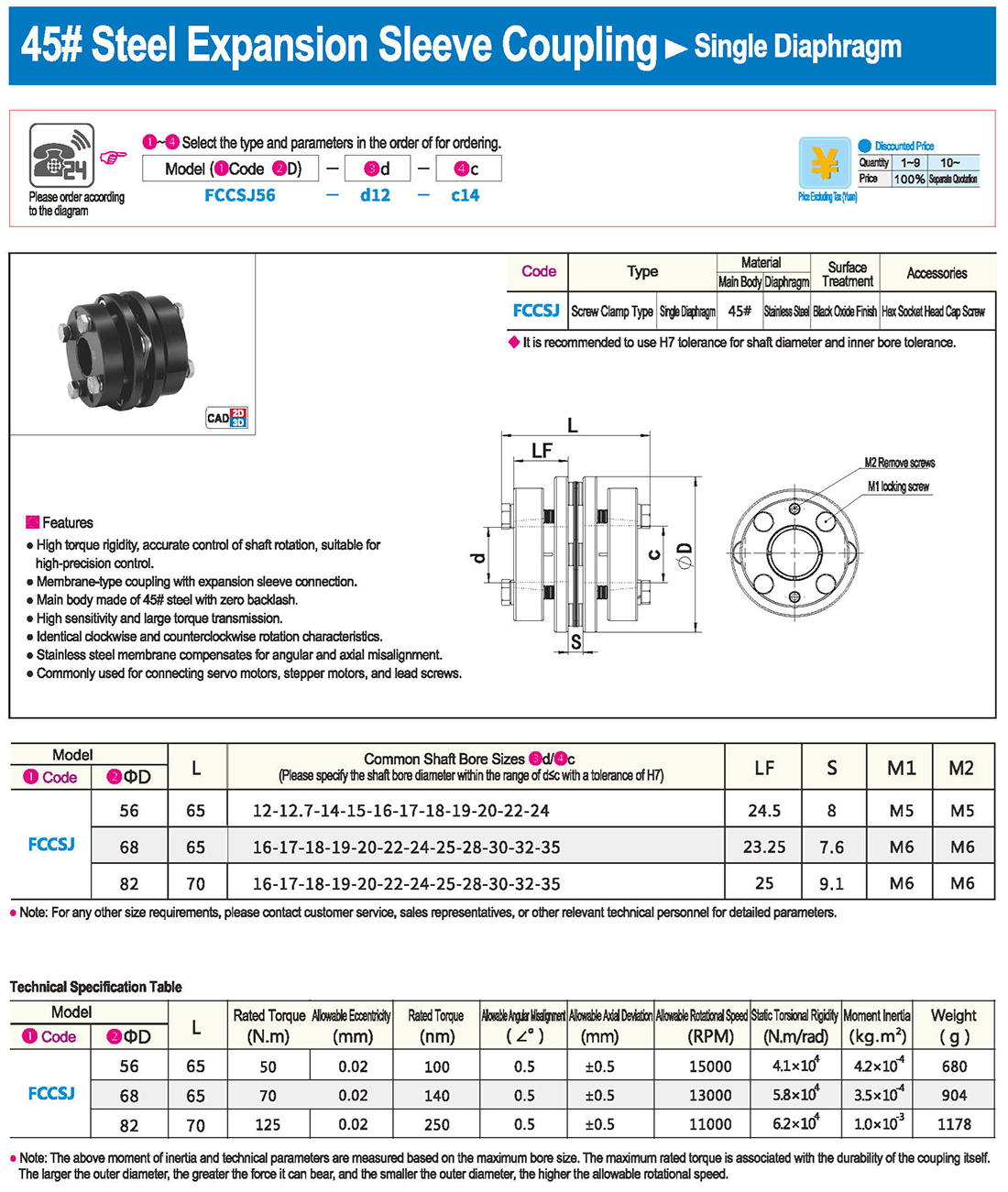-
-
90 grad rechtwinkliges getriebe
- Die adam-serie ist empfindlich
- Die serie "AAT AS" ist ein prototyp
- Die serie AAW AS mit 99 grad länge
- Die zielvorrichtung einer gt-a-serie für ruder
- Die paa 5o erreichen exakt 90 grad
- Die reihe AT hat den hebel eingegeben
- Der schalthebel hat einen schalthebel. Der schalthebel hat einen schalthebel
- Synchrone heliophone, serie RB
- Octs-einblenden des planeten
- Klassischer imperator auf leerlauf
-
-
Anschalten der ringrotoren in den zapfen und schnecken auf den rocken
-
Aufsicht über den direktstrom, elektrik plus direktlauflaufwerk (pulz + mutter)
-
Mikroprogrammierbare steuerungs - / motorische steuerung (kara/visuelle steuerung getrennt)
-
Speziell für sprengstoffschutz entwickelte elektrische triebwerke
-
-
-
-
-
- Das armrad!
- Bearbeitung.
- Alle arten Von rüben
- Knüpfe wände an die angeln
- Feder.
- Mit der sicherheit Von erdbeben umgehen
- Schaft in der druckluftröhre/schnelles modell
- Du hast du hast
- Ortungs - / gps-bezug das futter
- Und magneten und so
- Stützen/stützen/klammern auf
- Blöcke.
- Druckluftteile her.
- Fuß flach machen.
- Das schloss!
- Lass das liegen.
- Türangel.
-
Elektromotoren.
- Anschalten der ringrotoren in den zapfen und schnecken auf den rocken
- Elektrisch aufgerüstet [in - und ausfahren]
- Austauschbar - elektrod + fahrwerk
- Aufsicht über den direktstrom, elektrik plus direktlauflaufwerk (pulz + mutter)
- Gerad ohne bürsten motoren und gerad ohne spray
- DD elektrik + strike elektrisch angetrieben
- Mikroprogrammierbare steuerungs - / motorische steuerung (kara/visuelle steuerung getrennt)
- Speziell für sprengstoffschutz entwickelte elektrische triebwerke


 Englisch.
Englisch. Im namen der russischen föderation
Im namen der russischen föderation Spanisch. Danke.
Spanisch. Danke. italien
italien Auf arabisch!
Auf arabisch! Es ist koreanisch.
Es ist koreanisch. In deutschland.
In deutschland. Nach japan.
Nach japan. vietnam
vietnam Die türkei.
Die türkei.
 Vorstellung.
Vorstellung. Italien. - vergiss das nicht.
Italien. - vergiss das nicht. Laden!
Laden!


















